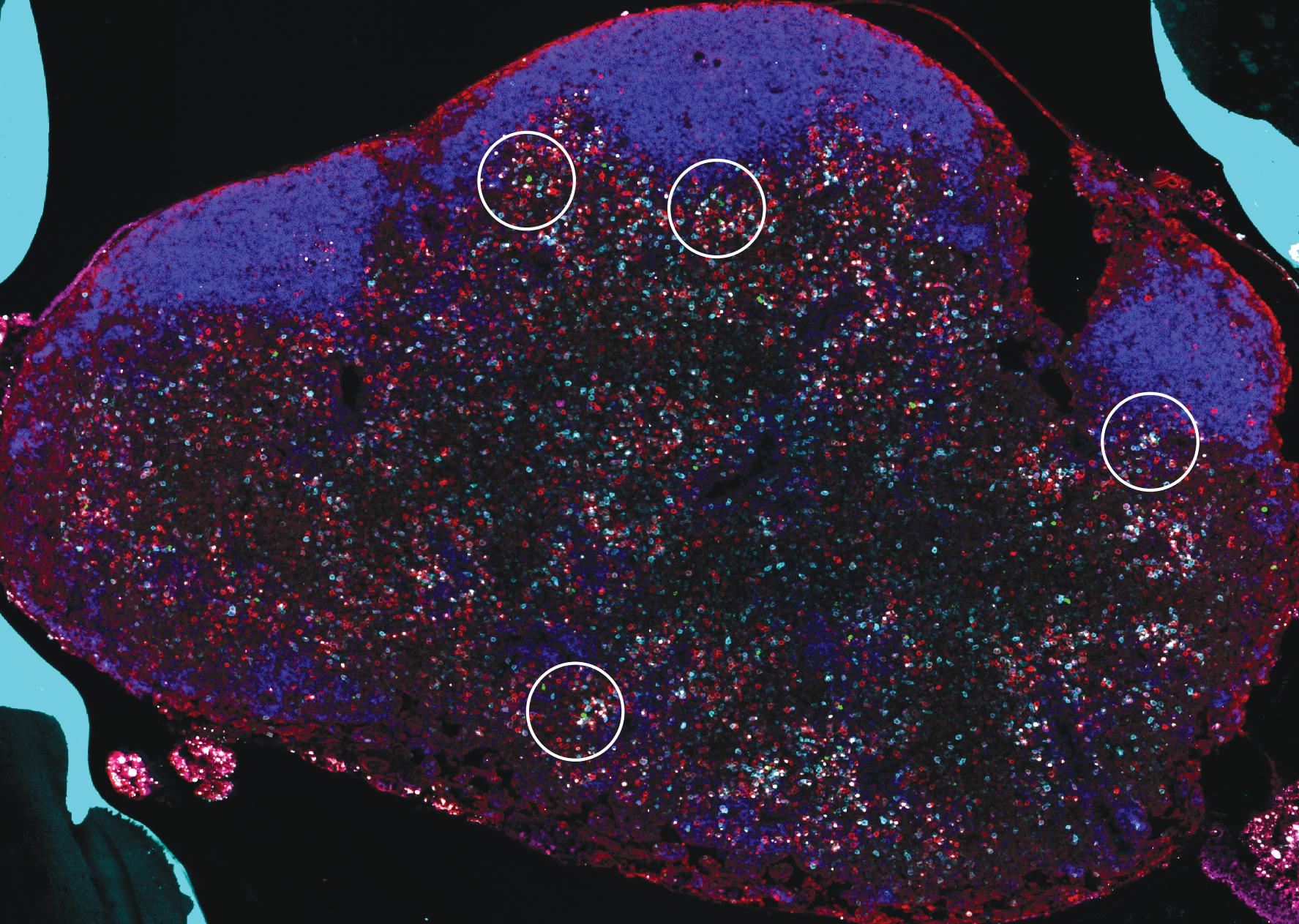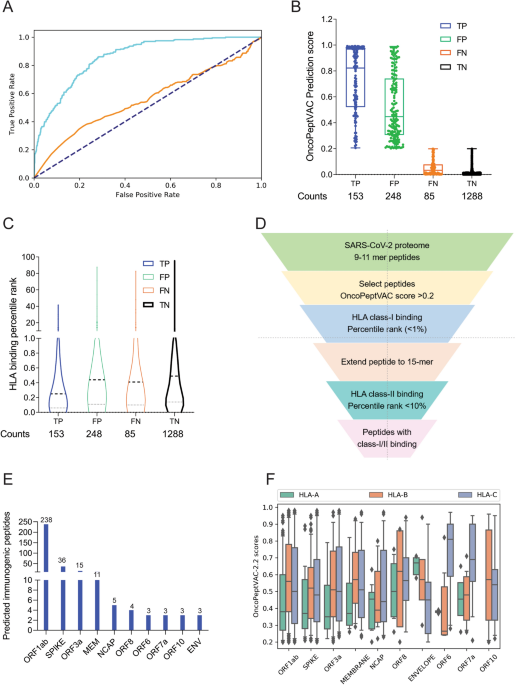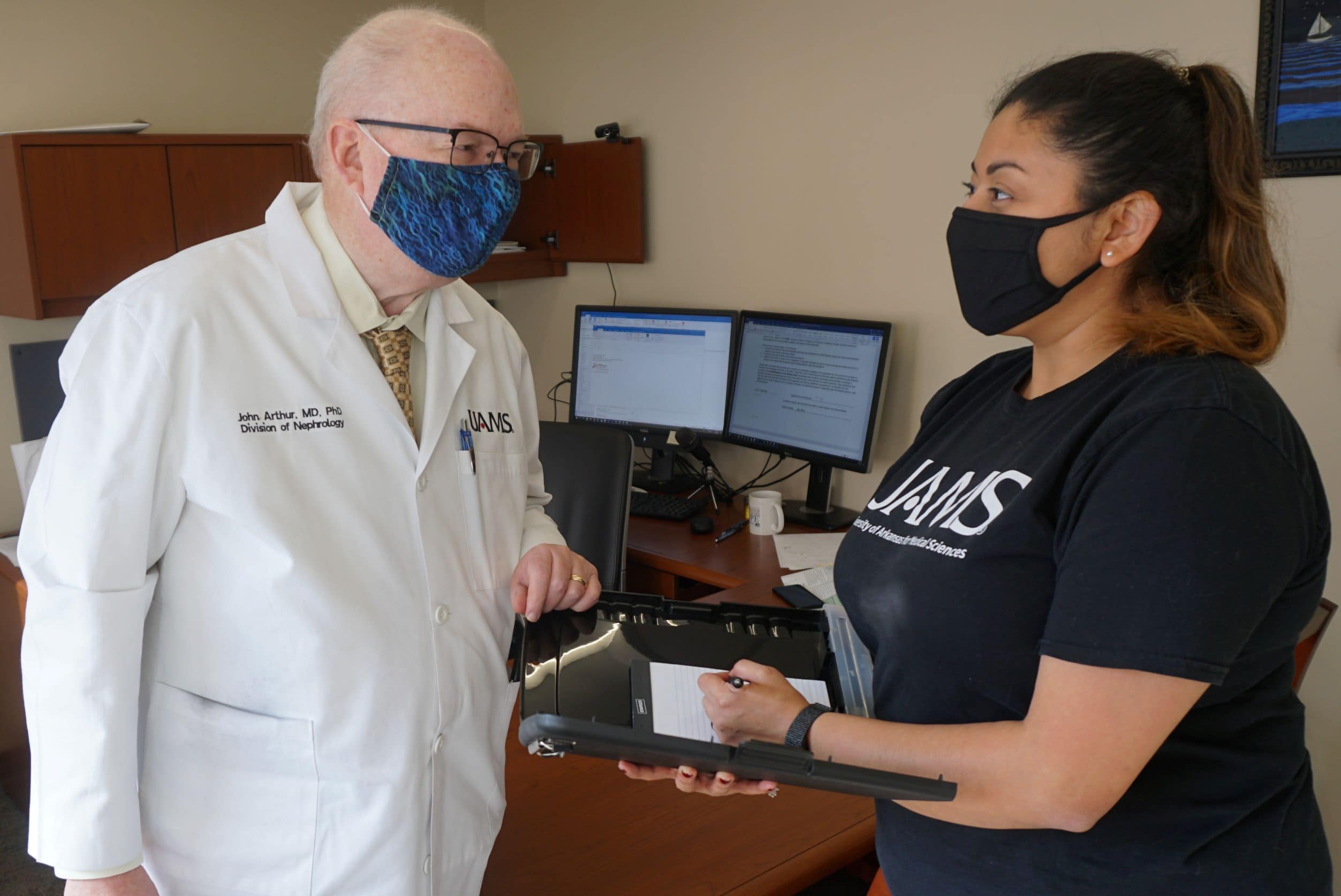
New Insights Reveal How House Dust Mites Trigger Allergic Asthma by Activating the Immune System
New research from the University of Pittsburgh uncovers how inhaled house dust mites, a common trigger of allergic asthma, activate the immune system and drive this disease in mice.
The findings, published recently in Nature Immunology, offer important insights into how seemingly harmless substances such as dust mites, pet dander and pollen can overcome the immune system to trigger allergic reactions and could eventually pave the way for identifying new therapeutics to treat and manage allergic asthma.
“We often think of the immune system as an army that fights the bad guys,” said senior author Dr. Amanda C. Poholek, director of the Health Sciences Sequencing Core and assistant professor in the Department of Immunology at Pitt’s School of Medicine. “And while that’s true, most of the time your immune system is not encountering pathogens but dealing with dust and pollen that you breathe in, plants and animals that you eat, and things that you touch in the environment. A big question that motivates my research is: How does our immune system know to respond to pathogens and not to self and the environment?”
When the immune system does this job correctly, it’s known as immune tolerance. But when tolerance breaks down, typically harmless environmental allergens can activate T Helper 2 (Th2) cells, which are a type of immune cell that drives inflammation in allergic asthma and other allergic diseases.
























